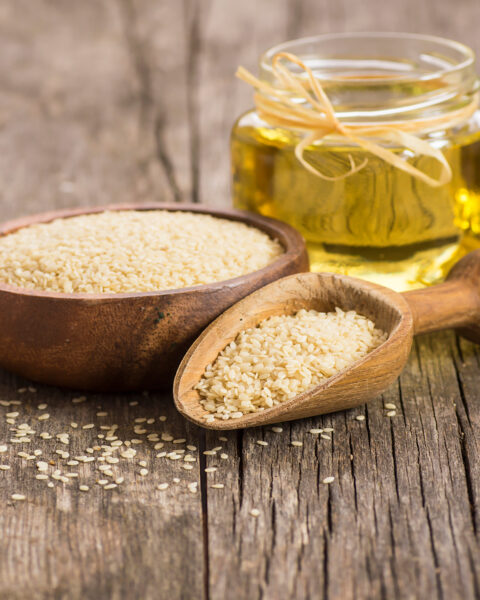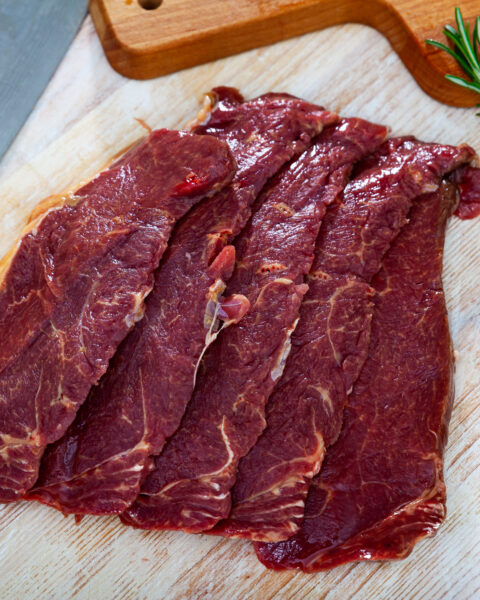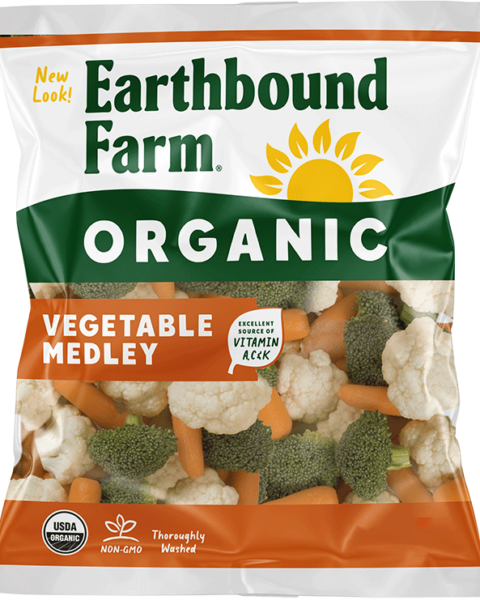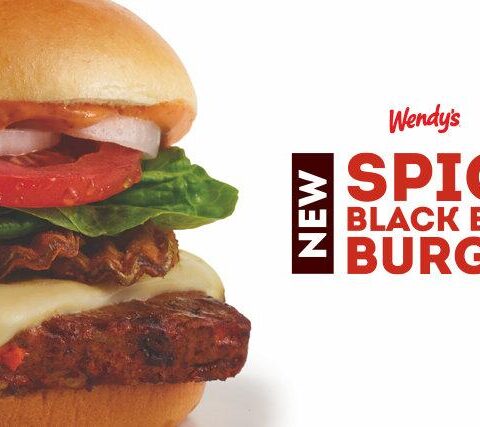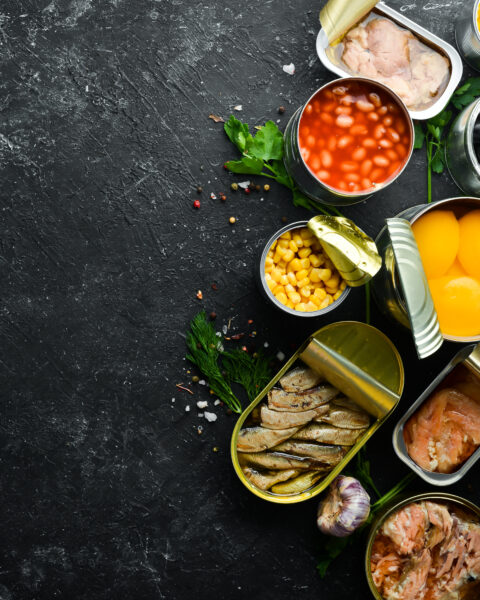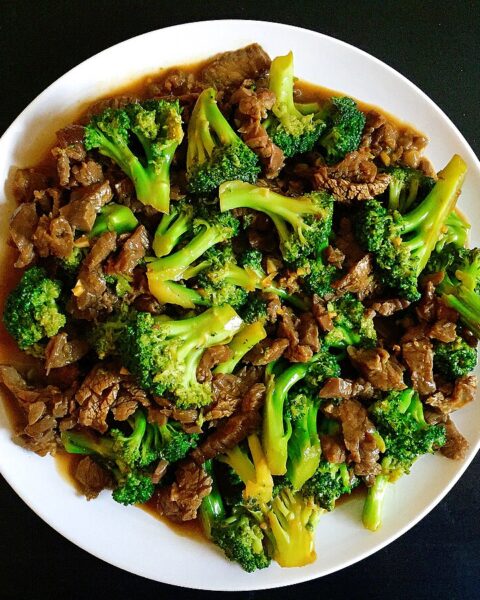We’ve all grown up hearing all sorts of tips and tricks about how to make the perfect hard-boiled egg. Some of these so-called “secrets” are passed down from family, others picked up from cooking shows or friends. Turns out, there’s a lot of misinformation out there that can make the simple task of boiling an egg more confusing than it needs to be. It’s time to set the record straight and debunk some of these common misconceptions.
Contents
- 1 Myth 1: Hard-Boiling Eggs Makes Them Safe to Eat
- 2 Myth 2: Fresh Eggs Are Best for Boiling
- 3 Myth 3: Adding Salt to Water Makes Eggs Easier to Peel
- 4 Myth 4: Piercing Eggs Before Boiling Prevents Cracking
- 5 Myth 5: You Can Hard-Boil Eggs Straight from the Fridge
- 6 Myth 6: Boiled Eggs Have a Green Ring Around the Yolk
- 7 Myth 7: Boiled Eggs Last Forever
- 8 Myth 8: Hard-Boiled Eggs Are Best Stored with Shells On
- 9 Myth 9: Older Eggs Should Be Used for Hard-Boiling Only
- 10 Myth 10: Boiled Eggs Can’t Be Overcooked
- 11 More from RetailShout
- 12 11 Key Facts About Canned Salmon You Should Know
- 13 14 Best Ready-to-Eat Food Deals at Costco
Myth 1: Hard-Boiling Eggs Makes Them Safe to Eat
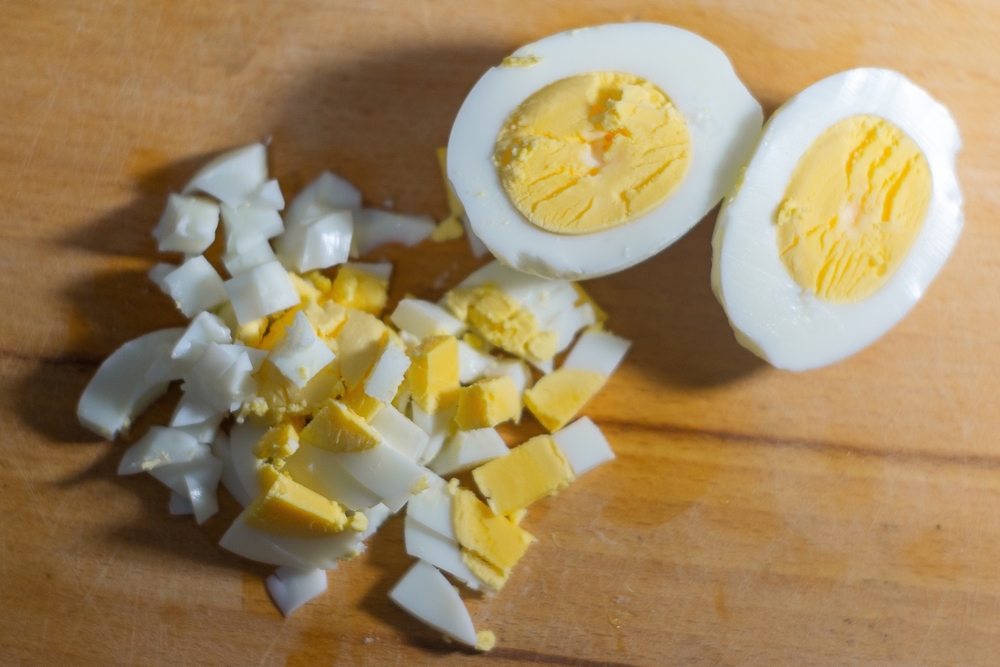
Hard-boiling eggs does reduce the risk of foodborne illnesses, but it doesn’t make them completely safe if not handled properly. While cooking at high temperatures can kill most bacteria, it’s crucial to store boiled eggs correctly. If left out at room temperature for too long, even hard-boiled eggs can become a breeding ground for bacteria. To ensure safety, refrigerate boiled eggs within two hours of cooking. Moreover, always start with clean hands and utensils when handling them. Proper storage and hygiene are essential to maintain their safety.
Myth 2: Fresh Eggs Are Best for Boiling
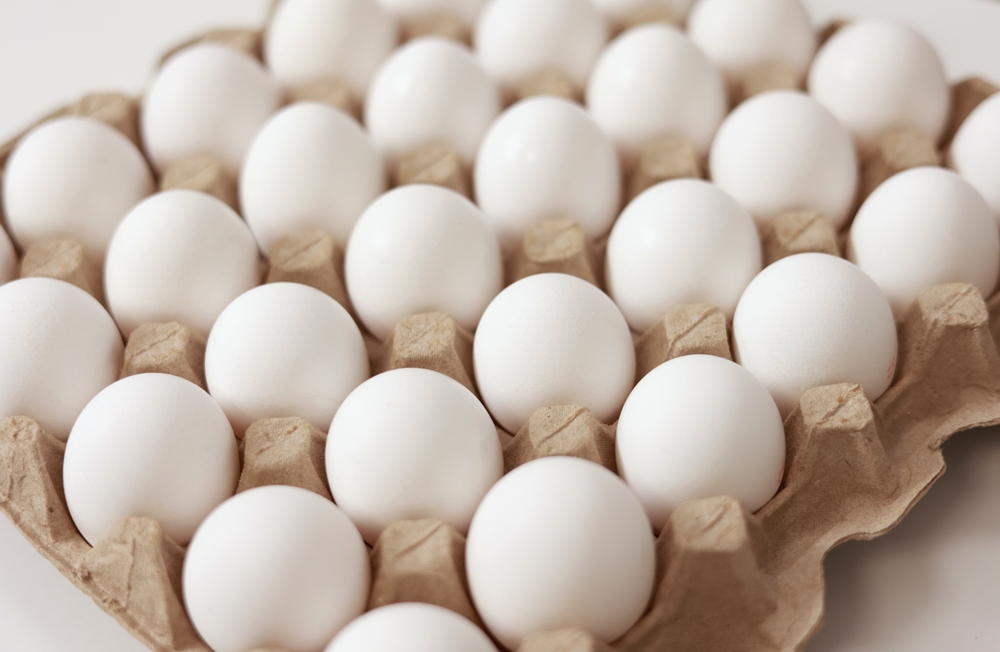
Contrary to popular belief, fresher eggs are not ideal for boiling due to their tight inner membranes. Older eggs, typically about a week old, are easier to peel after boiling. As eggs age, the pH level of the white increases, causing the membrane to separate from the shell more easily. This results in a cleaner peel with fewer bits of shell sticking to the egg. Therefore, using slightly older eggs can save you a lot of frustration when peeling. Fresh eggs are better suited for poaching or frying.
Myth 3: Adding Salt to Water Makes Eggs Easier to Peel
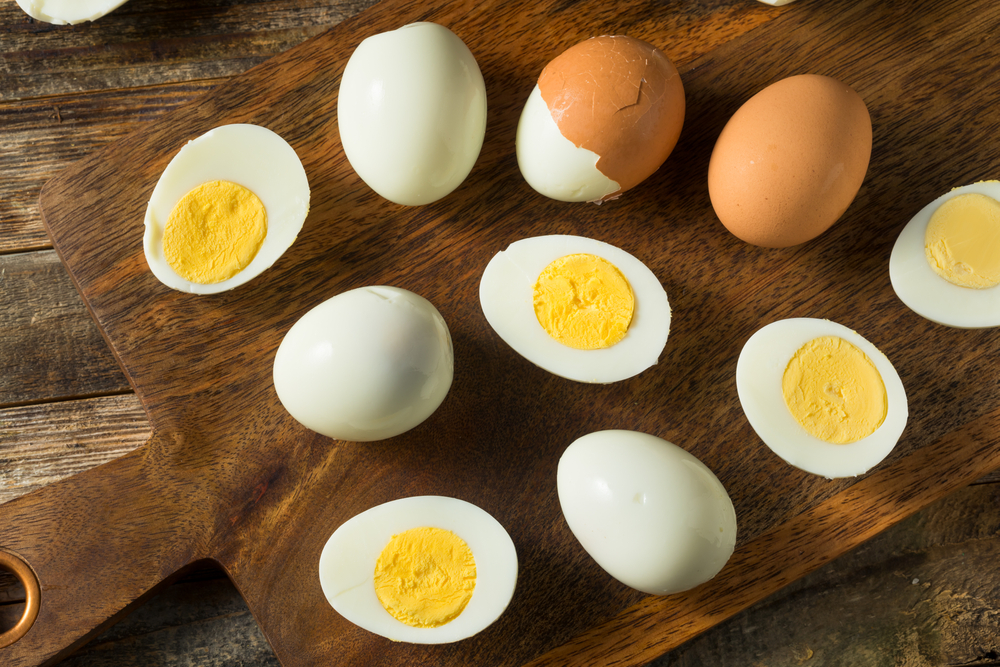
Many believe that adding salt to the boiling water will make the eggs easier to peel. However, there’s little scientific evidence to support this claim. Salt might help with coagulation of the egg white if an egg cracks while cooking, but it doesn’t affect the ease of peeling. The real trick lies in using slightly older eggs and shocking them in ice water after boiling. The cold water creates steam between the shell and the egg white, facilitating easier peeling.
Myth 4: Piercing Eggs Before Boiling Prevents Cracking
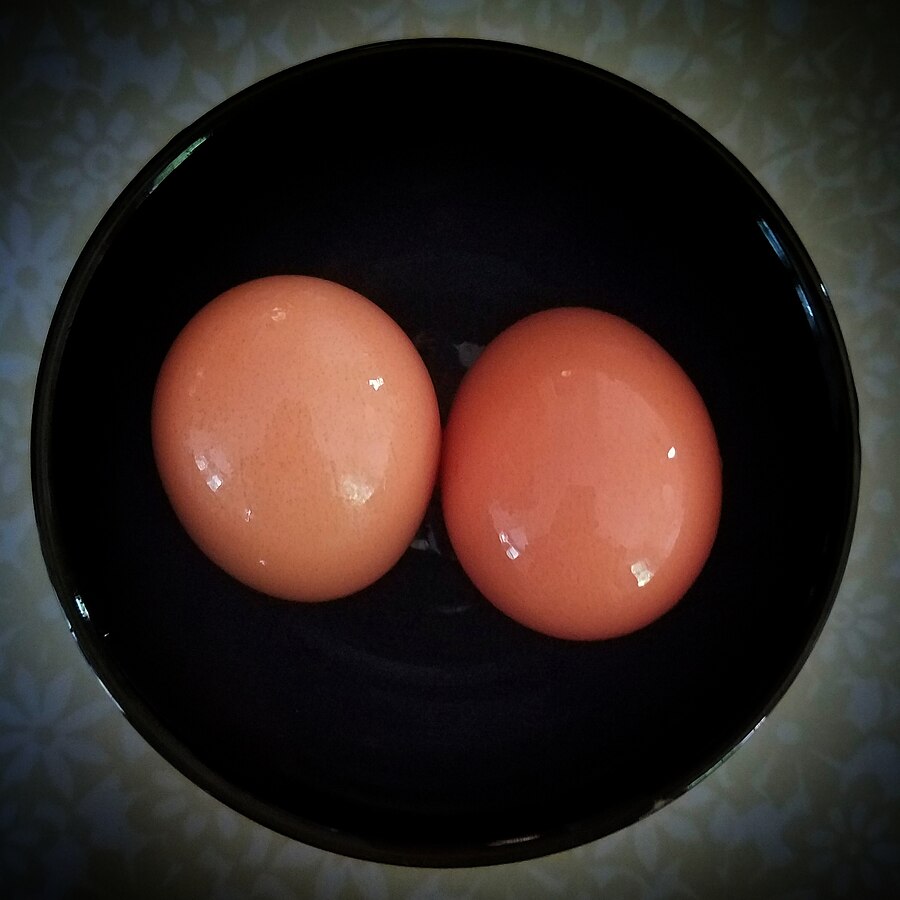
Piercing eggs before boiling is thought to prevent them from cracking and to make peeling easier. However, this practice is generally unnecessary and can even introduce bacteria into the egg. Instead, gentle handling and starting with cold water can help prevent cracks. As the water heats gradually, the eggs adjust to the temperature change without cracking. If cracking is a frequent issue, consider using a steamer basket to cook the eggs more evenly.
Myth 5: You Can Hard-Boil Eggs Straight from the Fridge

Boiling eggs directly from the fridge is a common practice, but it can lead to uneven cooking and potential cracking. Cold eggs placed into boiling water are more likely to crack due to the sudden temperature change. To avoid this, let the eggs sit at room temperature for about 10-15 minutes before cooking. Alternatively, start with cold water and gradually bring it to a boil, allowing the eggs to heat up slowly and evenly. This method reduces the risk of cracking and ensures even cooking.
Myth 6: Boiled Eggs Have a Green Ring Around the Yolk
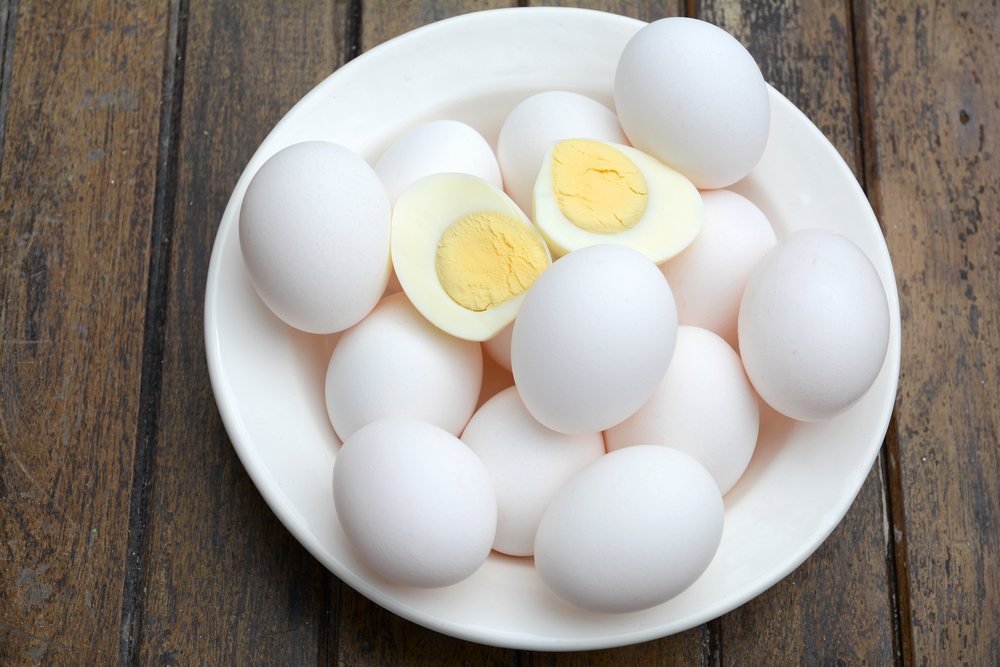
A green ring around the yolk is often seen as a sign of overcooked eggs. This discoloration is actually caused by a chemical reaction between sulfur in the egg white and iron in the yolk. While it’s harmless, it can be avoided by not overcooking the eggs and by cooling them quickly after boiling. To do this, boil the eggs for no longer than 10-12 minutes and immediately plunge them into ice water. This stops the cooking process and prevents the formation of the green ring.
Myth 7: Boiled Eggs Last Forever
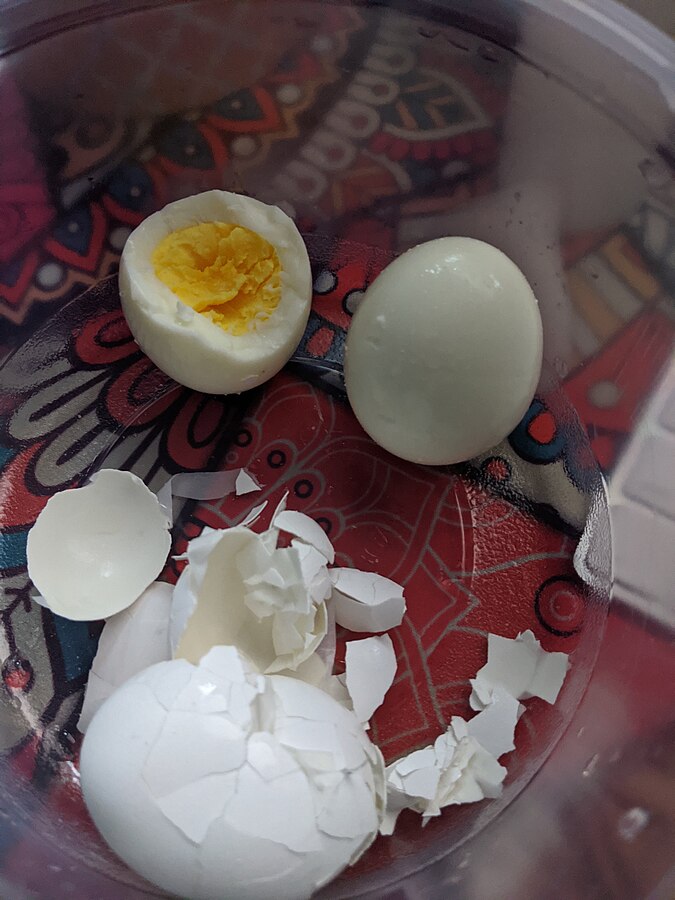
Many people think that hard-boiled eggs have a very long shelf life. In reality, boiled eggs should be consumed within a week when stored in the refrigerator. The protective coating on the eggshell is removed during boiling, making them more susceptible to bacteria. For best results, keep them in their shells until ready to eat and store them in an airtight container. If peeled, eat them within two days. Always check for signs of spoilage before consumption.
Myth 8: Hard-Boiled Eggs Are Best Stored with Shells On
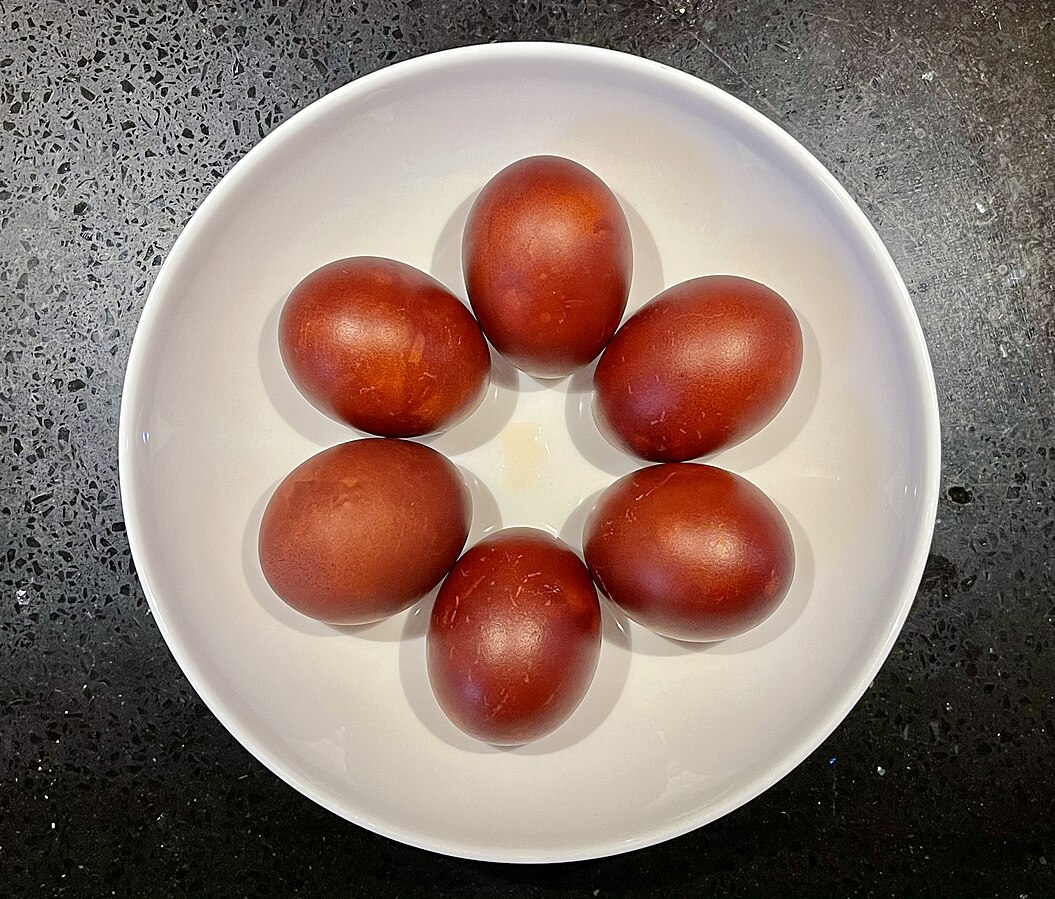
It’s often believed that hard-boiled eggs should always be stored with their shells on to maintain freshness. While this is partly true, peeled eggs can also be stored effectively. When storing peeled eggs, keep them submerged in water in a sealed container to prevent them from drying out. Change the water daily to keep them fresh. Whether shelled or peeled, always refrigerate hard-boiled eggs to ensure their safety and quality.
Myth 9: Older Eggs Should Be Used for Hard-Boiling Only
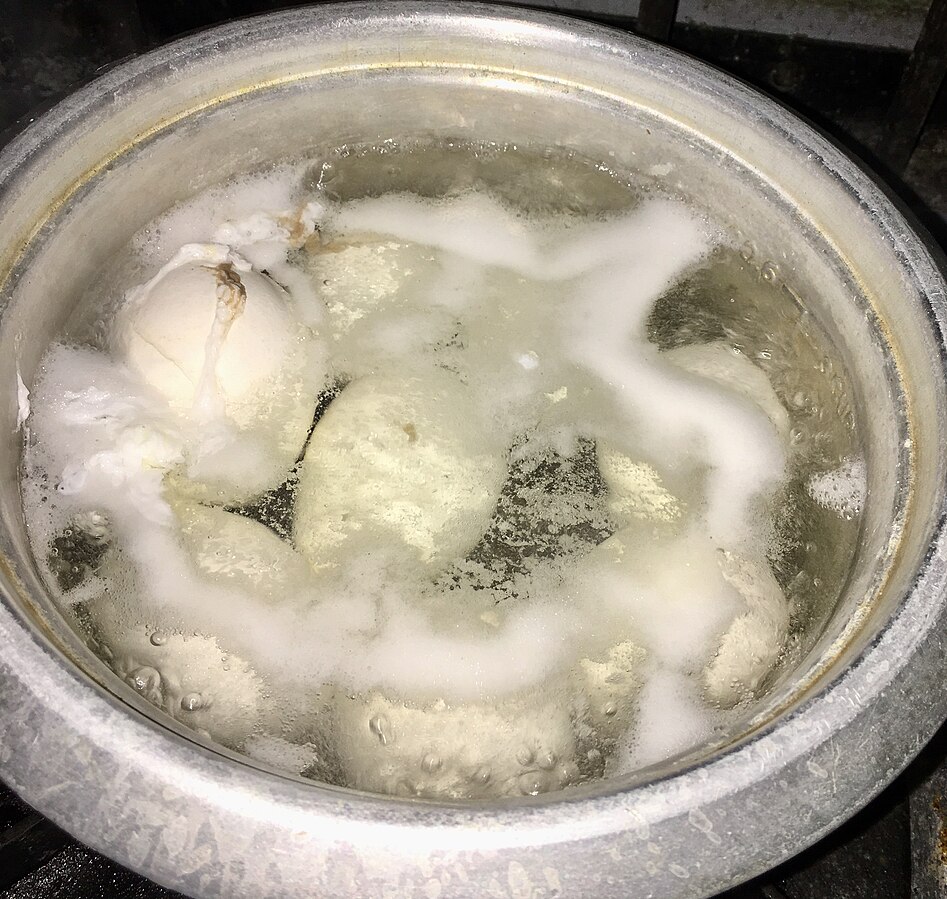
While it’s true that older eggs are easier to peel, it’s a myth that they are the only ones suitable for boiling. Fresh eggs can also be boiled successfully with proper techniques. For instance, adding a teaspoon of baking soda to the boiling water can help increase the pH levels, mimicking the effect of aging. This makes fresh eggs easier to peel without waiting for them to age naturally. Experimenting with different methods can yield great results even with fresh eggs.
Myth 10: Boiled Eggs Can’t Be Overcooked
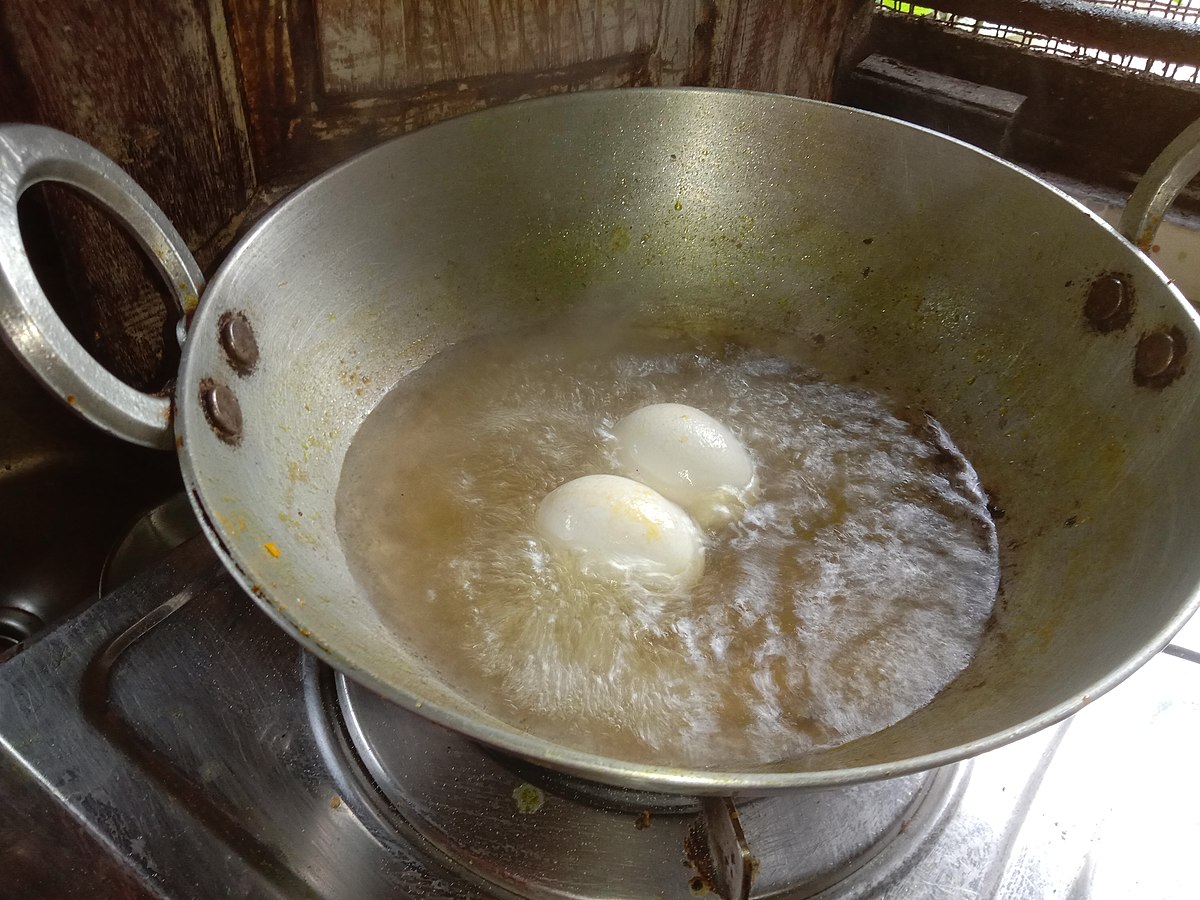
Overcooking boiled eggs is a common mistake that can affect their texture and taste. Overcooked eggs tend to have a rubbery white and a greenish yolk, indicating a chemical reaction. To achieve the perfect hard-boiled egg, cook them for 9-12 minutes depending on your preferred level of doneness. Use a timer to avoid overcooking and immediately cool them in ice water to stop the cooking process. Proper timing ensures tender whites and bright yellow yolks.
This article originally appeared on RetailShout
More from RetailShout
12 Must-Have Gadgets for a Successful Picnic
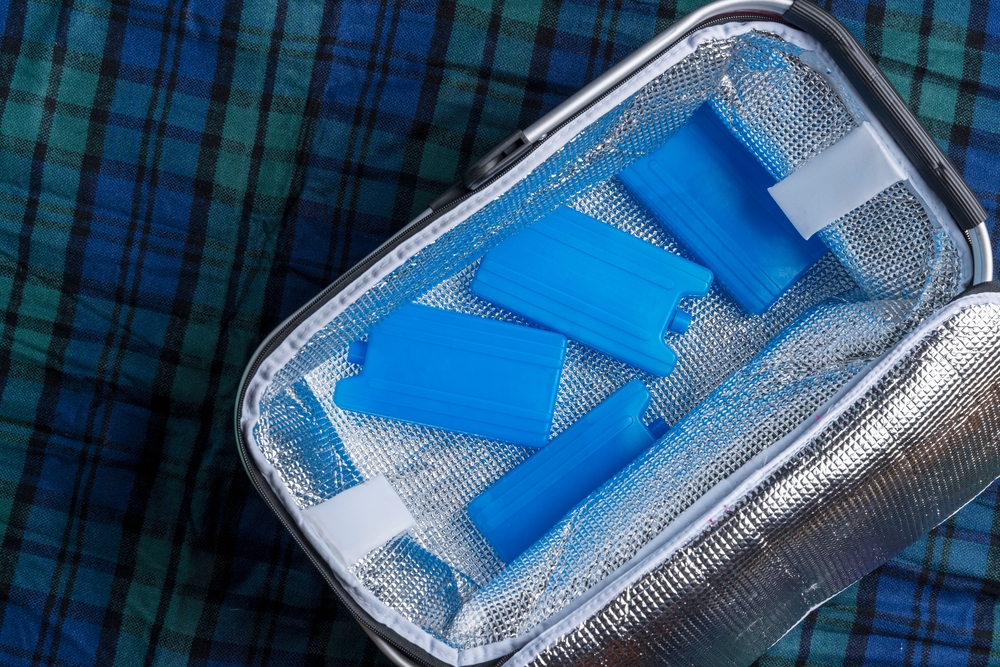
Planning a picnic can be both exciting and a bit overwhelming. Whether you’re heading to a local park or a scenic spot in the countryside, having the right gadgets can make all the difference. From keeping your food fresh to providing entertainment, the right gear ensures a hassle-free and enjoyable experience. Let’s dive into the must-have gadgets that will elevate your next picnic to a whole new level. Read More.
11 Key Facts About Canned Salmon You Should Know
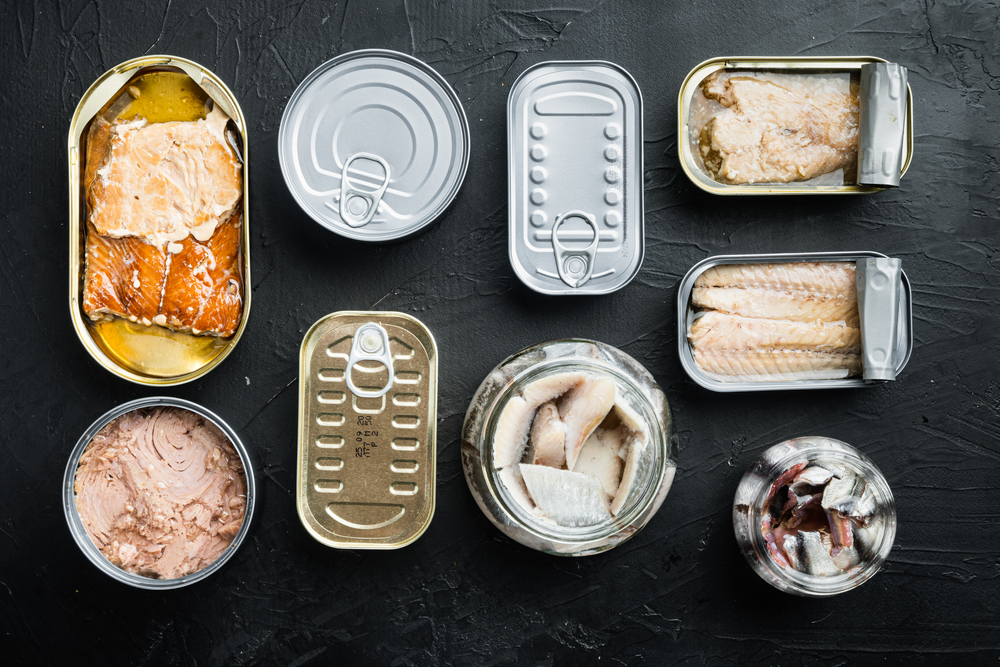
Want to know a bit more about canned salmon? Here’s a quick rundown that covers all you need to know. Canned salmon might just be one of the most underrated items sitting in your pantry. It’s more than just a convenient food choice; it has a fascinating blend of nutritional benefits and a storied history that stretches back over two centuries. If you’re looking for a smart, easy addition to your meals or just curious about this staple, you’re in for some interesting insights. Read More.
14 Best Ready-to-Eat Food Deals at Costco
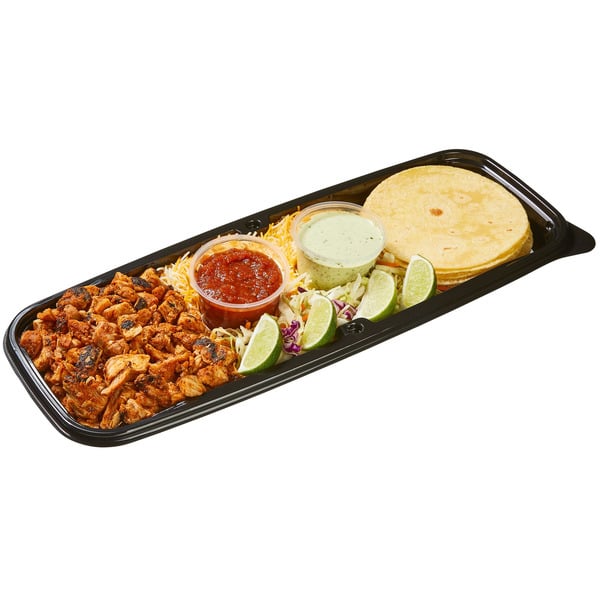
Costco has a variety of prepared foods that make mealtime easy and tasty. They’re so delicious you won’t believe they’re ready-made! Whether you’re pressed for time or just don’t feel like cooking, Costco’s got you covered with a variety of convenient options. From savory street tacos to hearty lasagna, you’ll be surprised Costco offers these kinds of foods. Read More.

